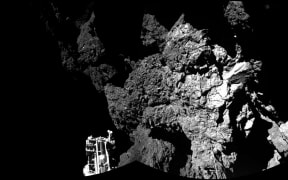Opinion - As NASA readies its next big step towards Mars, Otago Museum director Ian Griffin - who worked on the Hubble Space Telescope - reflects on his own relationship with human spaceflight.
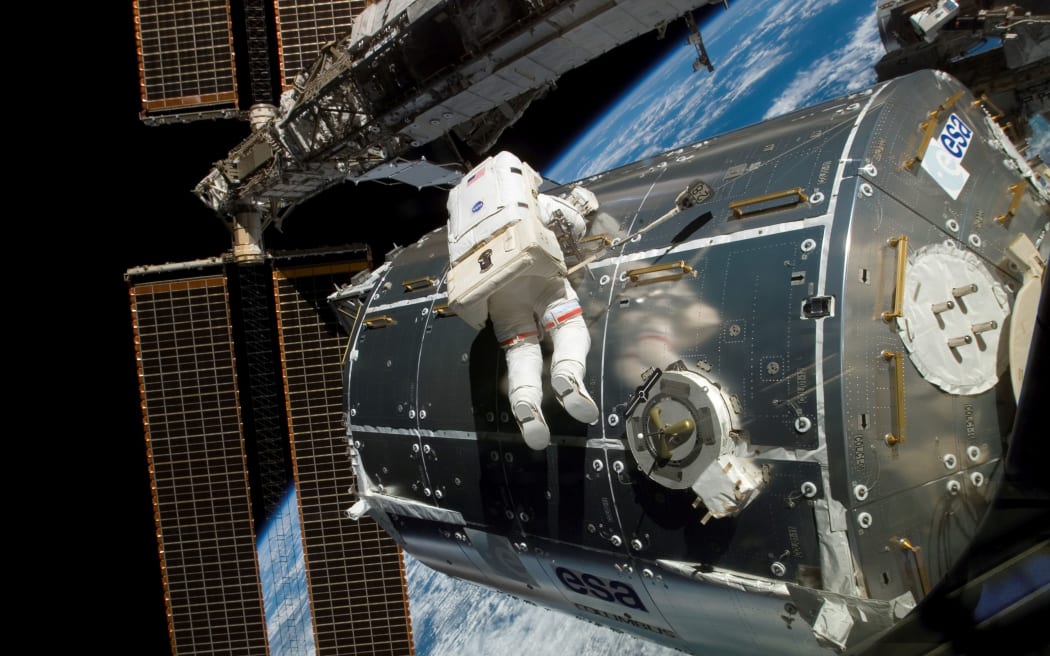
NASA astronaut Rex Walheim performs a space walk outside the International Space Station on 15 February 2008. Photo: SCIENCE PHOTO LIBRARY
One of my earliest memories is Dad helping me build an Airfix model of a Saturn V rocket - as we watched live TV pictures of the Apollo 17 astronauts, Gene Cernan and Harrison Schmidt, exploring the Taurus Littrow region of the moon, from our home in London's suburbs.

Ian Griffin Photo: Supplied
To this day, my house is adorned by astronaut photographs of Earth.
At primary and secondary school, first Skylab and then the early space shuttle missions inspired me to take an interest in astronomy, and set me on a career path that eventually led to me, a working class lad from England, actually being employed by NASA.
I worked on the Hubble Space Telescope project, during an amazing era when astronauts played a key role in upgrading the telescope and constructing the International Space Station.
The last flight of the space shuttle in 2011 marked the end of what, to me, was a golden age of human space exploration. I still feel saddened that the extraordinarily complex vehicles that achieved so much are now museum pieces.
You might expect a space fanboy like me to be excited about this week's launch of NASA's new Orion spacecraft.
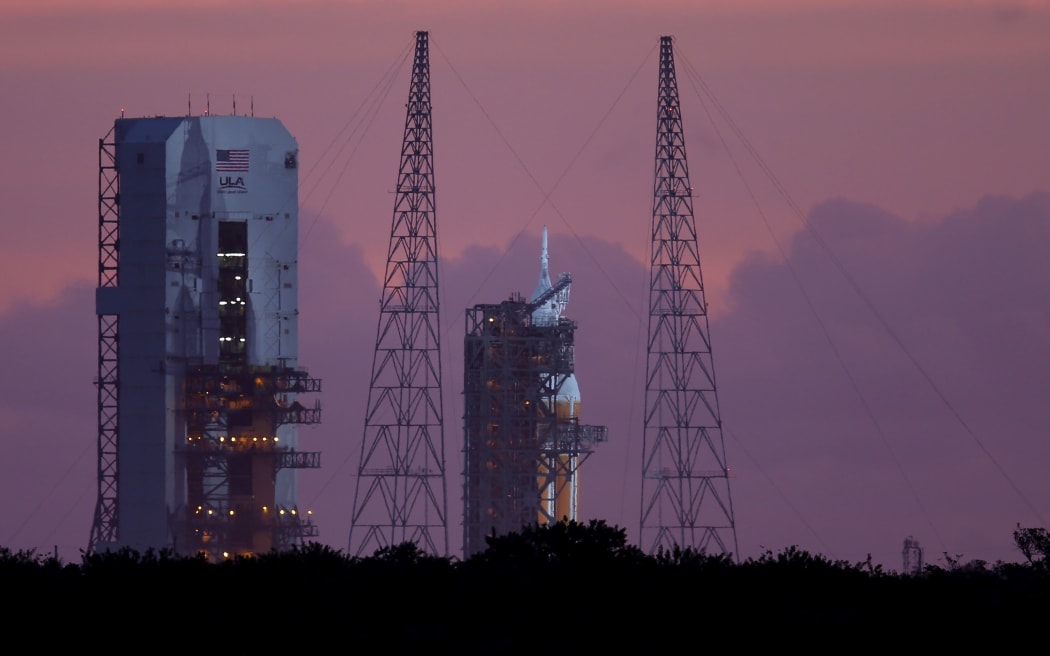
The rocket carrying NASA's Orion - seen on its launch pad before the morning's mission was postponed until tomorrow. Photo: AFP
Orion, which some commentators have described as "Apollo on steroids", is billed as a "next generation" vehicle. According to some experts, it will kickstart a new golden age of deep space exploration resulting in astronauts exploring asteroids, revisiting the moon and perhaps even setting foot on Mars by 2030.
But, for me, this week's relatively unambitious two-orbit Orion flight test - and the slow pace of future missions that won't have astronauts flying until the turn of the next decade - is far from inspiring.
By December 1972, 12 astronauts had walked on the moon, yet in the intervening 42 years humans haven't ventured beyond earth orbit. If the present schedule is to be believed, half a century will have passed before humans revisit the moon. And that's progress?
Personally, I would like to see more priority given to the Orion programme, and I'd love to see a much more ambitious flight schedule funded.
Of course, this isn't the fault of NASA, who can only fly as many missions as funds allow. Investing in deep space exploration is not seen as a major priority in an era when America seems to be determined to defend freedom in every part of the globe.
To my mind, prioritising funds for human exploration of space and accelerating the Orion programme would have benefits far beyond any scientific or technological gains it might achieve.
Images in Apollo's era of our home planet (taken by astronauts rather than robots) helped launch the environmental movement and inspired many in my generation to follow careers in science.
Who knows what my kids and grandchildren might achieve if they too can live in an era when humans are exploring the solar system?
Ian Griffin is the director of Otago Museum and a former team member of NASA's Hubble Space Telescope programme.
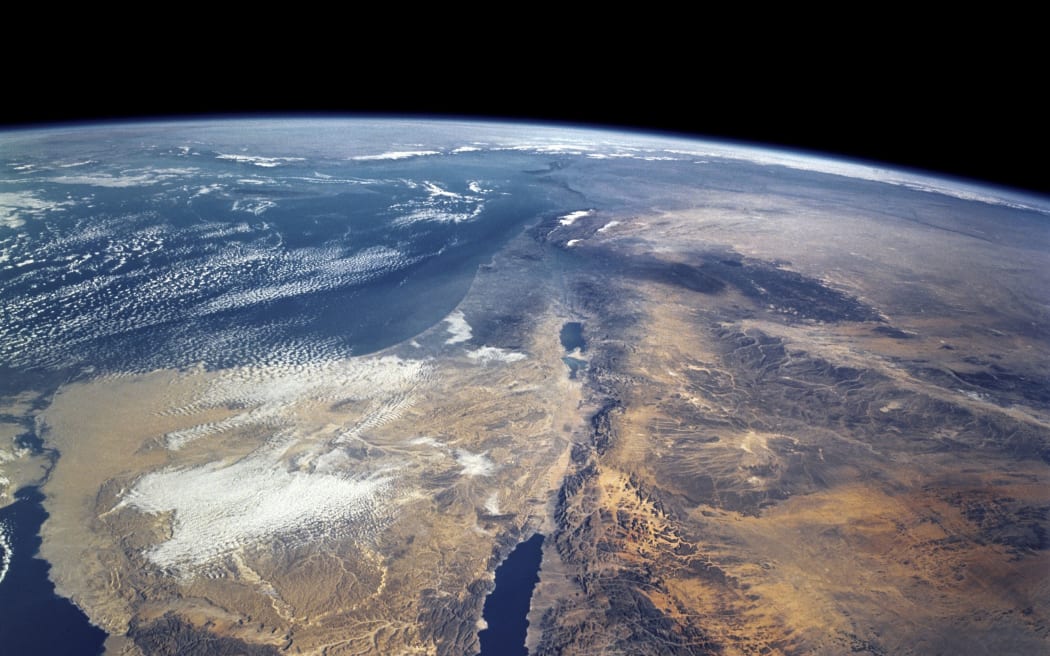
A photo taken by a crew member on the Space Shuttle Columbia, showing the Red Sea and Mediterranean Sea, in 2002. Photo: SCIENCE PHOTO LIBRARY
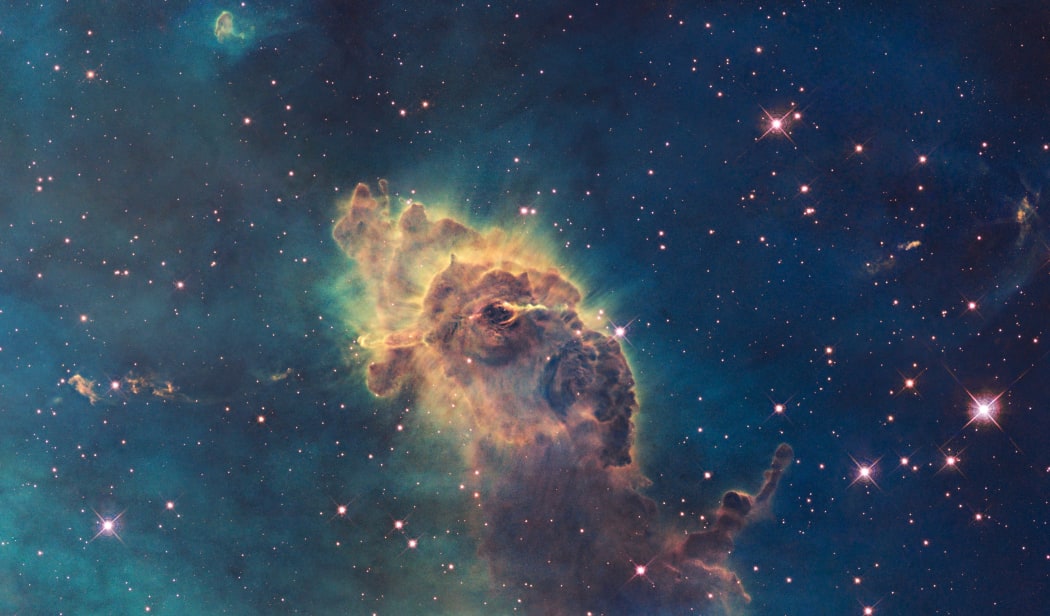
A Hubble Space Telescope photo shows a three-light-year-long pillar of gas and dust in a nebula 7500 light years away. Photo: SCIENCE PHOTO LIBRARY

